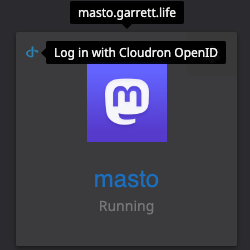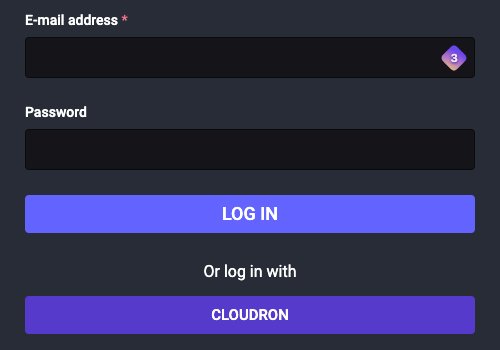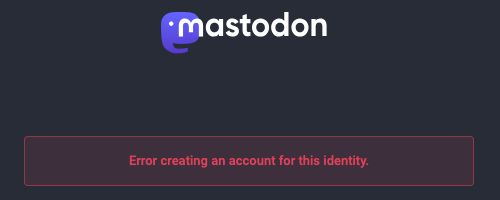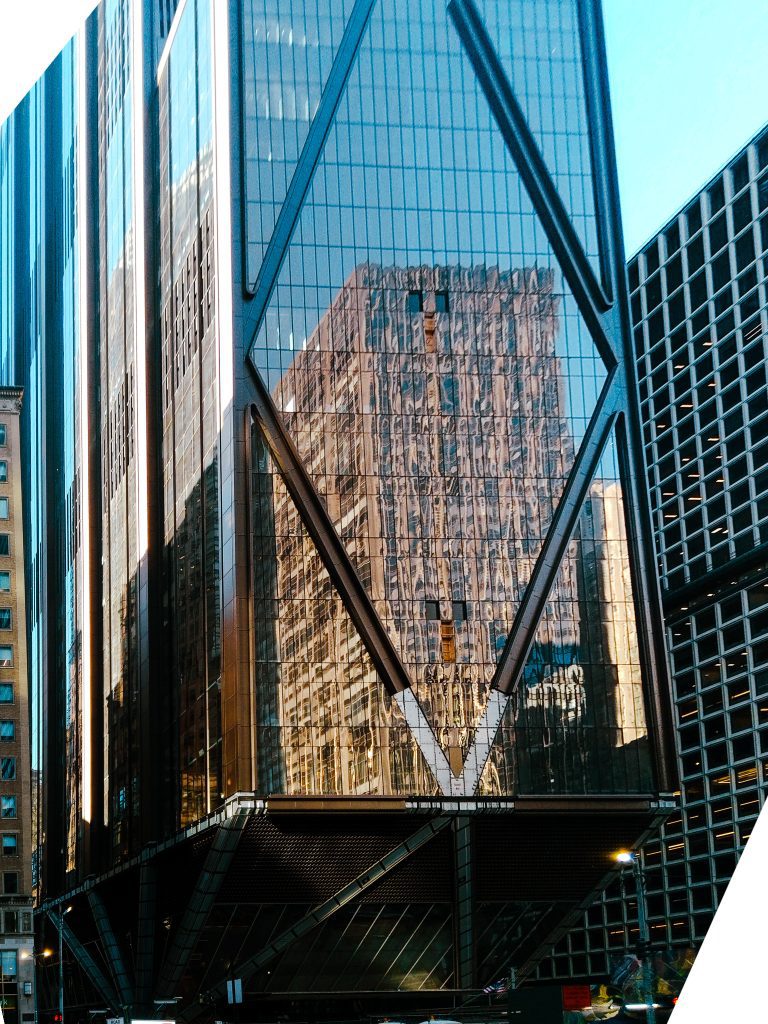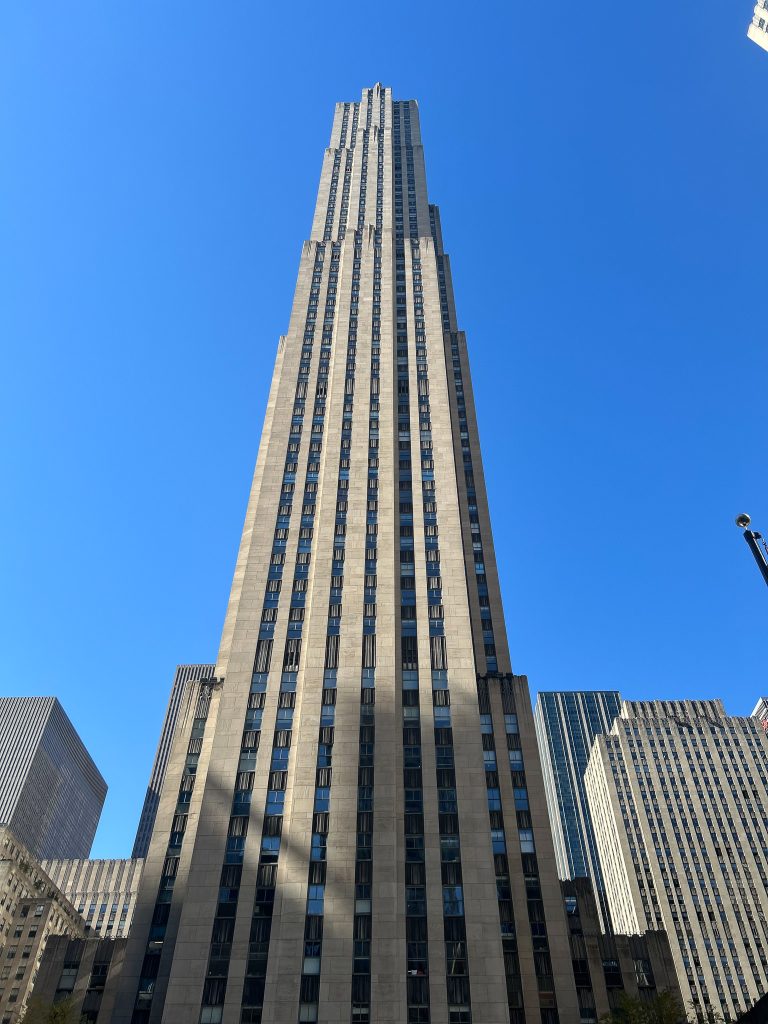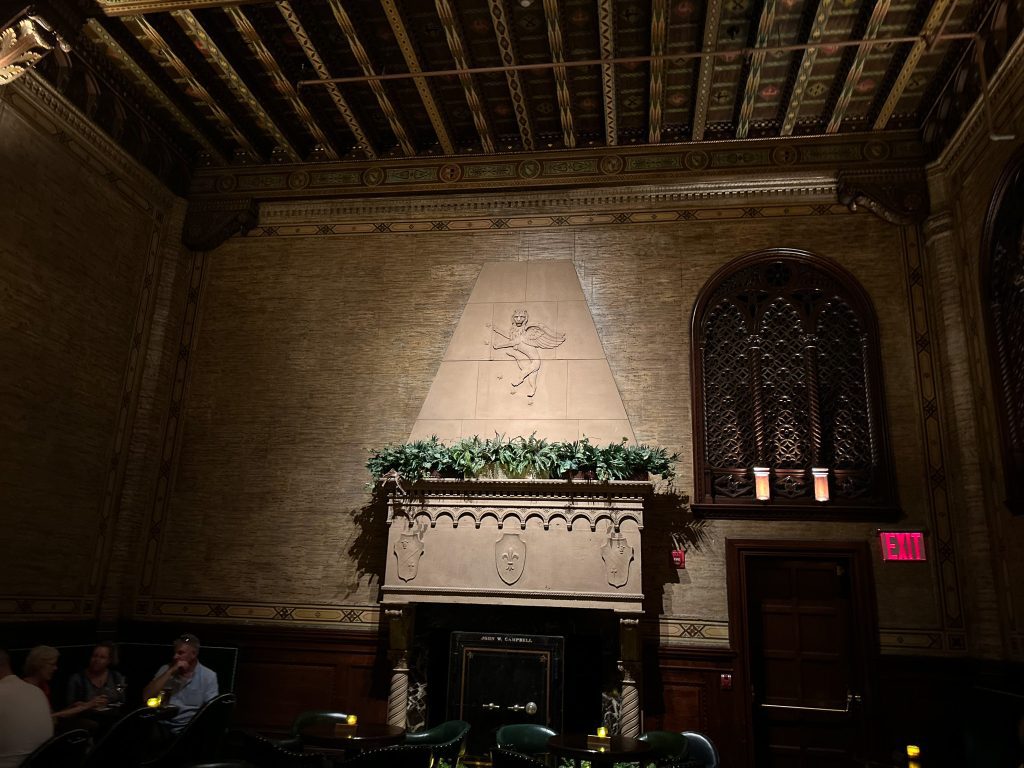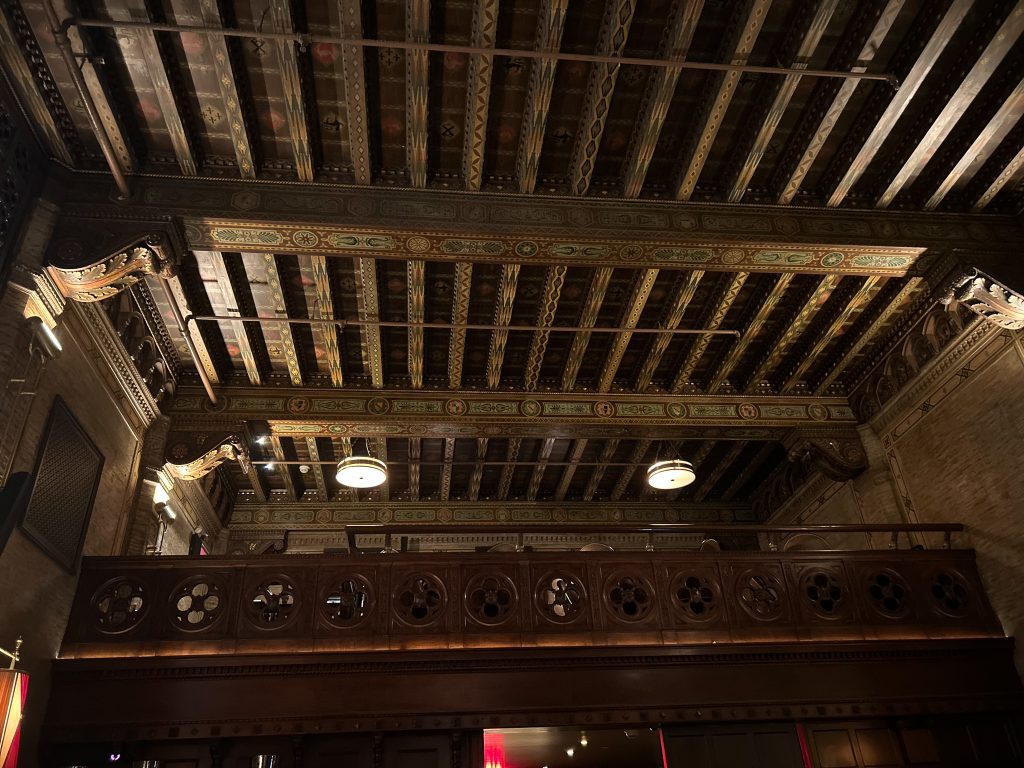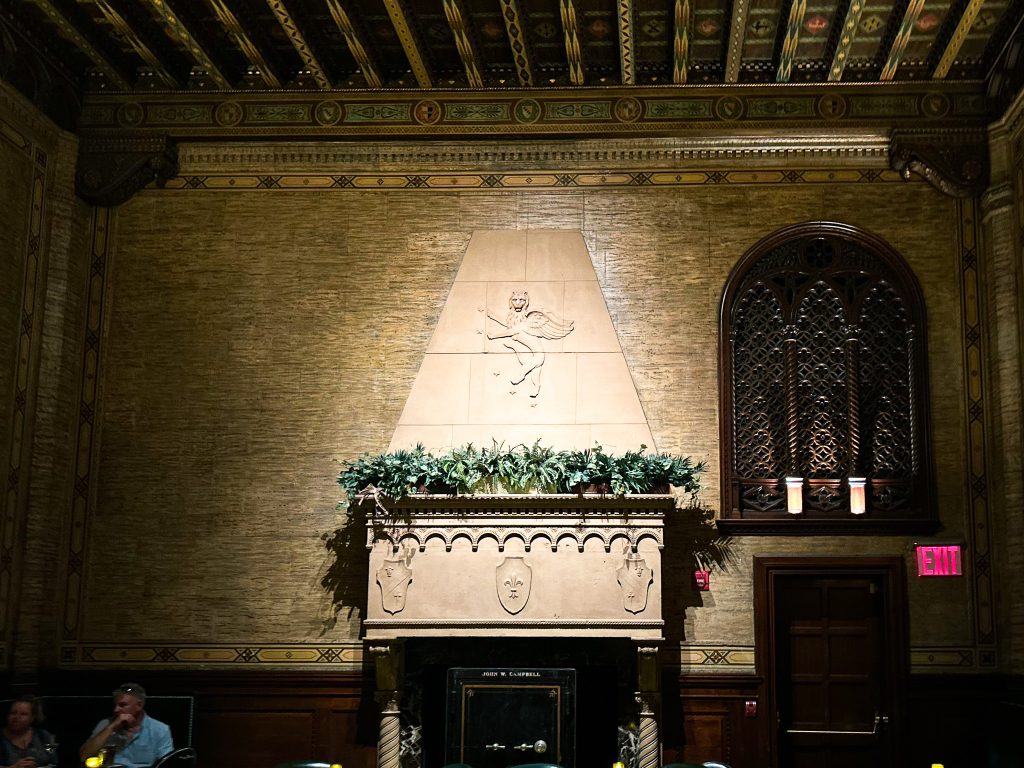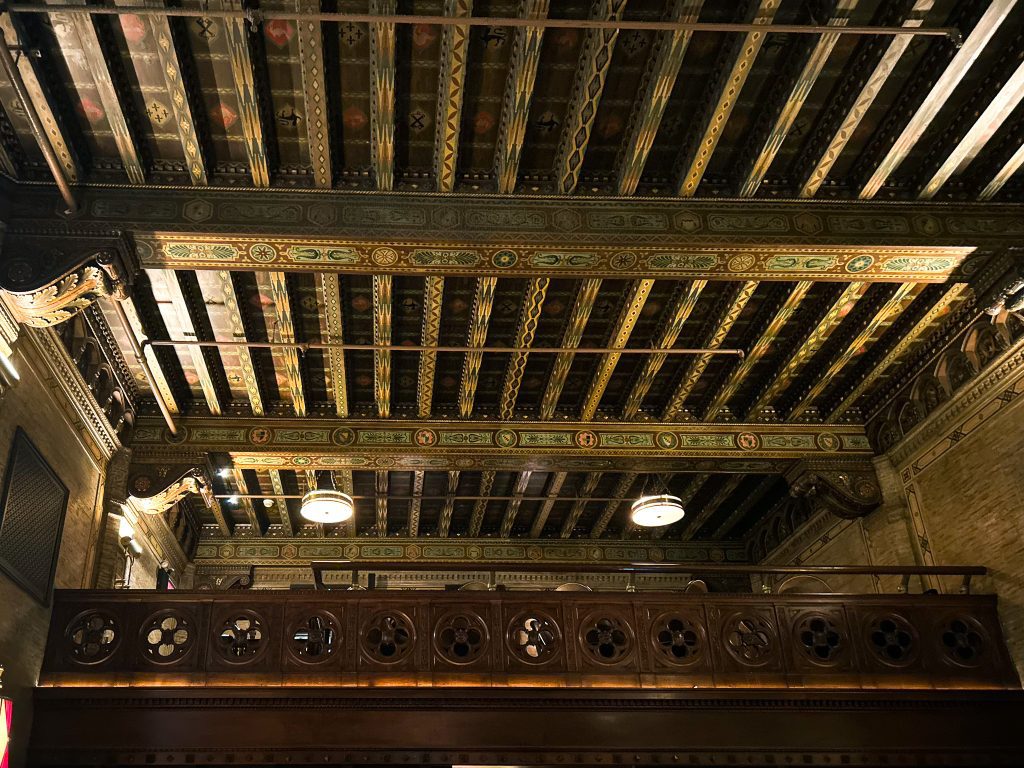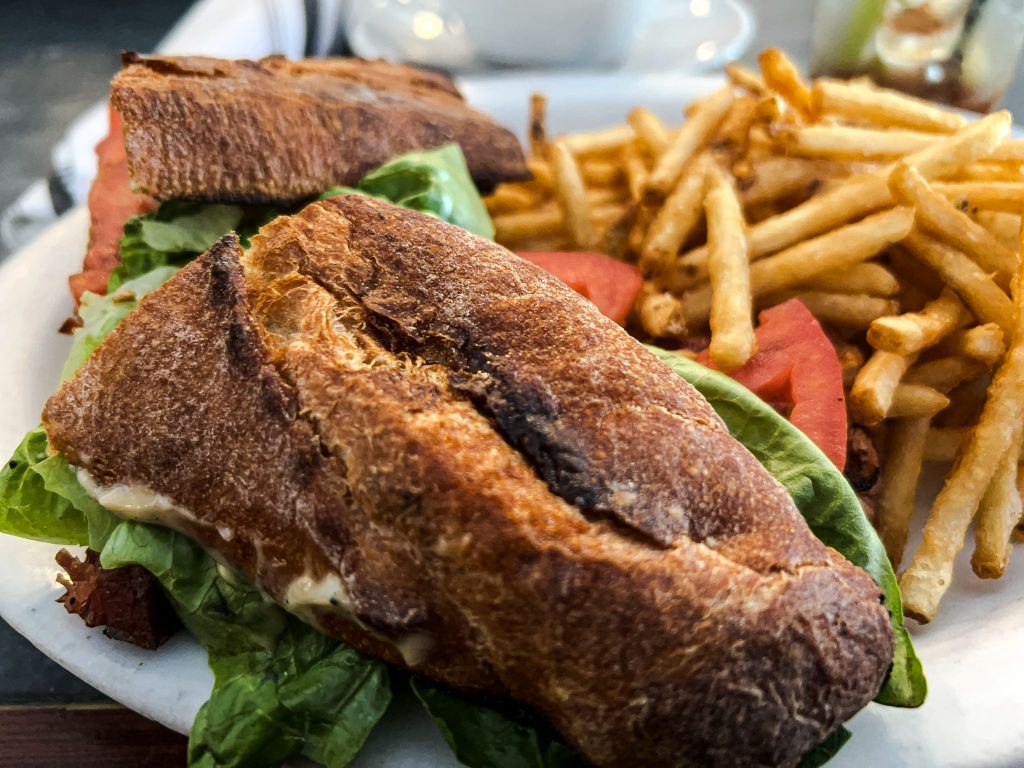I’ve been thinking a lot about a conversation I had with one of my close friends recently.
He’s got 2 kids now and he asked me if there was a way that his kids could learn computers and the internet without there being any chance of seeing a dong.
Obviously there are apps for blocking websites and stuff but like, none of that is impervious and I got the impression that’s not what he’s looking for, anyway.
It got me thinking about stuff like…
- What if there was a safe internet for kids?
- How would that look?
- How would that be moderated?
Our conversation concluded that it comes down to a series of necessities in moderation, which would require a significant amount of human work.
I don’t know if people would pay for that nor how would we really manage something like that.
I don’t have kids so I don’t know; maybe this already exists.
I’m picturing a microcosm of the internet.
A sandbox, totally isolated from the regular wild west of the web.
It’d have all the content, chat, and creativity, but every account would be tied to a parent or guardian.
Kids can have their own web pages, chats, etc.
My first thought goes to the kids with divergent…interests…or feelings or whatever. I don’t know how to word that but I hope you know what I mean.
I would definitely build it with a very clear warning to the kid-users that YOUR CHATS ARE SEEN BY YOUR PARENTS.
But I remember getting my first email address and my parents could read it.
I think that’s ok.
I remember sending emails to my cousin talking about BMX biking (what I was into) and Britney Spears (what he was into).
When I became a teen I went and got my own private email, AIM, etc, which then MOST DEFINITELY had some NOT GOOD stuff going on.
You remember Rotten dawt cawm and stuff. We saw some things, man. And some stuff. Wouldn’t recommend it.
And probably way too early.
That’s the kind of stuff my friend wants to avoid happening to his kids.
Anyway this is just some stuff I’ve been think about a lot.
But today, my thoughts on this are moving away from safety as the Primary Feature™ and on to A Full Education Path and Ecosystem for kids-to-adult learning computer stuff in a similar way that I did.
I was 11 the first time I got on the internet, and I was a little late but my parents didn’t have a lot of money so the only internet (and computer) was at my dad’s office.
This was 2001 (I still remember my first screen name) and I mostly missed out on like BBS’ and MUDs and stuff like that (until later).
But today I feel like it’s all so complicated now. Computers are overly complicated. The internet is overly complicated. Building software, games, and websites is overly complicated.
So what if there was a way where things unlocked as kids learned more?
This is all just spitballing; thinking out loud, but lets say we have an OS that starts with a pretty simple GUI when they turn on the computer with some kid-friendly math games and a simple drawing app where they can draw their own dongs or whatever.
Kid stuff.
But there’s also a terminal and maybe something like Scratch visual programming to start making stuff.
As they build in Scratch and learn to use the terminal, stuff that requires the ability to read and type, maybe an IDE unlocks where they can start learning Python and/or HTML.
Then when they “master” HTML (finish those modules) CSS is unlocked, then JS.
And then maybe there are progress reports for parents that suggest things.
The parents have to approve of certain unlocks.
Obviously these are all things that can be learned now elsewhere but this is together in one ecosystem that grows as the kid grows.
Kano was building something similar to what I’m picturing but not quite, and also, it seems to have died unfortunately.
I was one of the original Kickstarter founders for the first Kano and the Screen; maybe more I don’t remember.
The last few social media posts on their Facebook and Instagram show memes, some not kid-friendly.
I probably wouldn’t approach this with the hardware aspect like they did. Maybe the RaspberryPi but just use already existing RaspberryPi devices and sell them with the OS already installed.
I wouldn’t focus on the “building a computer” part until later, probably.
This would focus on an OS and an SBC they can plug in to their own monitor, mouse, keyboard.
And then as I have already explained, features activities would unlock as they use the device and learn things.
I don’t even know where I would begin to build something like this, but I feel like maybe I’m on to something.
But, there are so many projects in life. So many things I want to do. So many things I want to build.
2025.10.16 Update: Elevator Pitches
Working on various elevator pitches:
10-Second Version
“I’m building a safe learning computer for kids that gradually teaches them how to use technology responsibly. It’s like training wheels for the internet that come off as they get smarter.”
30-Second Version
“You know how kids are learning everything online now, but parents either block everything or let them run wild? I’m building something different. It’s like a practice internet on a little computer. Kids start with safe games and learning tools, and as they prove they’re ready, they unlock cooler stuff like coding, art tools, and eventually real internet access. Parents can see everything their kids are doing, and the kids know they’re being monitored, so they learn early that nothing online is ever truly private. It’s teaching them to be smart and safe online, not just blocking the scary stuff.”
Why This Matters:
“Right now, a 7-year-old gets an iPad and has access to the entire internet with all its dangers, OR parents lock everything down and kids never learn. There’s no middle ground. This gives kids a place to learn, make mistakes safely, and build real skills before they’re thrown into the real internet. Unlike an iPad, it’s also intentionally NOT portable.“
What Makes It Different:
“It’s completely open source and non-profit focused, so parents can see exactly what it does, teachers can modify it for their classrooms, and nobody’s tracking kids to sell their data. Plus, the whole thing teaches kids that privacy online isn’t automatic. You have to earn it and protect it.”
